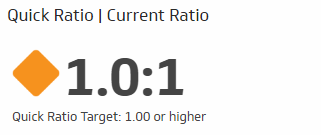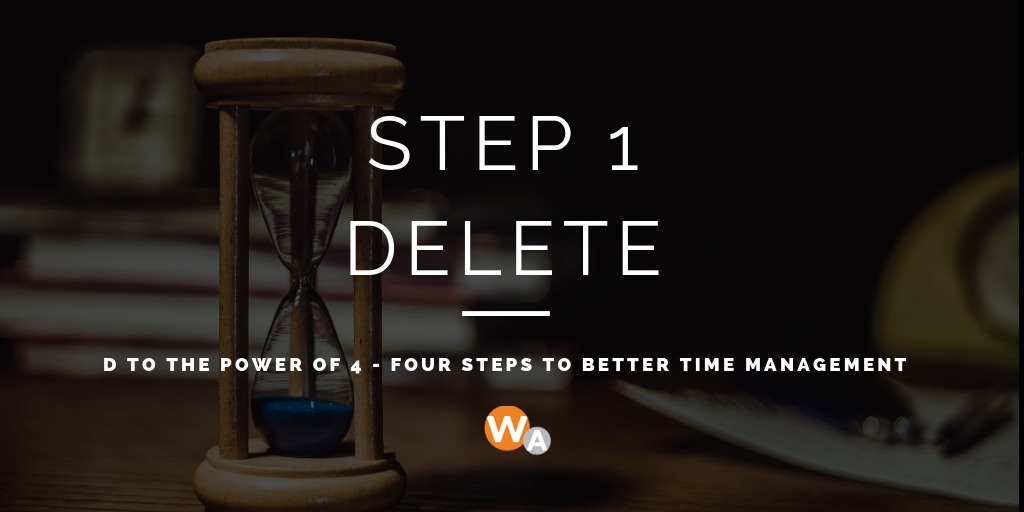Your balance sheet (now more correctly called a Statement of Financial Position) reveals a great deal about your business, including the total value of your assets – the things you own; how much you owe to others – your liabilities; and the level of your solvency.
These three aspects will be studied carefully by lenders and investors − and by buyers if you intend to sell your business. But they should also be important to you, because it’s important to be solvent at all times. In other words, you need to have more assets than liabilities available to pay your debts.
If you can’t pay bills when they fall due, your business may be technically insolvent. Fortunately two simple tests can quickly reveal your solvency.
- The Current Ratio test
This test simply involves dividing your assets by your liabilities (you should find both figures on the balance sheet). For example, if a business has assets of $435,000 and liabilities of $180,000, the current ratio is 435,000 divided by 180,000 = 2.42.

In other words, the business has $2.42 in assets for every $1 of debt. On the face of it, the business is solvent, as the minimum ratio most banks would regard as acceptable is $2 for every $1 of debt.
But wait a minute. Your assets include stock (your inventory). What’s your stock really worth? If you had to sell it all tomorrow to pay off your debts, could you really get out the full amount shown on the balance sheet?
- The Quick Ratio test
Let’s try a tougher test – this time leaving out your stock. The aim here is to find out if your business has enough quick money (ready cash) to pay your bills if your creditors demanded repayment tomorrow. Let’s say the business has $325,000 in stock. Subtract this from the assets figure of $435,000 and the assets reduce to $110,000.
Now for the Quick Ratio: $110,000 divided by $180,000 = 0.61.

Hmm − the picture is no longer so rosy. The business has only 61 cents in ready cash for every dollar of debt, meaning it could not immediately pay its debts.
Your aim should be to have at least $1 in assets available in quick cash for every $1 of debt, a ratio of 1:1. You’ll sleep better, and so will your bank manager.

Strengthening your balance sheet
A positive step to strengthen your balance sheet is to take a closer look at the quality of your inventory. If you had to sell all your stock in the next week or month to pay your debts, would you get the full amount shown on the balance sheet? In many businesses, the answer would be no.

If you know you have obsolete or slow-moving inventory sitting on your shelves, talk to us about ways to get rid of it. We can discuss ways to reduce or get rid of obsolete stock, such as:
-
Holding a sale.
-
Bundling unwanted stock with more popular items as a ‘special offer’.
-
Choosing the most advantageous time of year to write it off if necessary.
We can also show you how to measure the stock turn rate in your business to improve stock management and profitability. In broad terms, the faster you turn over your stock, the more efficient your business. A fast turnover rate can also reflect more efficient inventory management.
Closing tips
-
Many business people find a balance sheet more difficult to read than a profit and loss account. If this applies to you, we can help you understand it better so you can gain more from the figures.
-
Getting a balance sheet just once a year is certainly not enough! A balance sheet offers important insights into your business. With the right accounting software you can generate a balance sheet whenever you need one.



